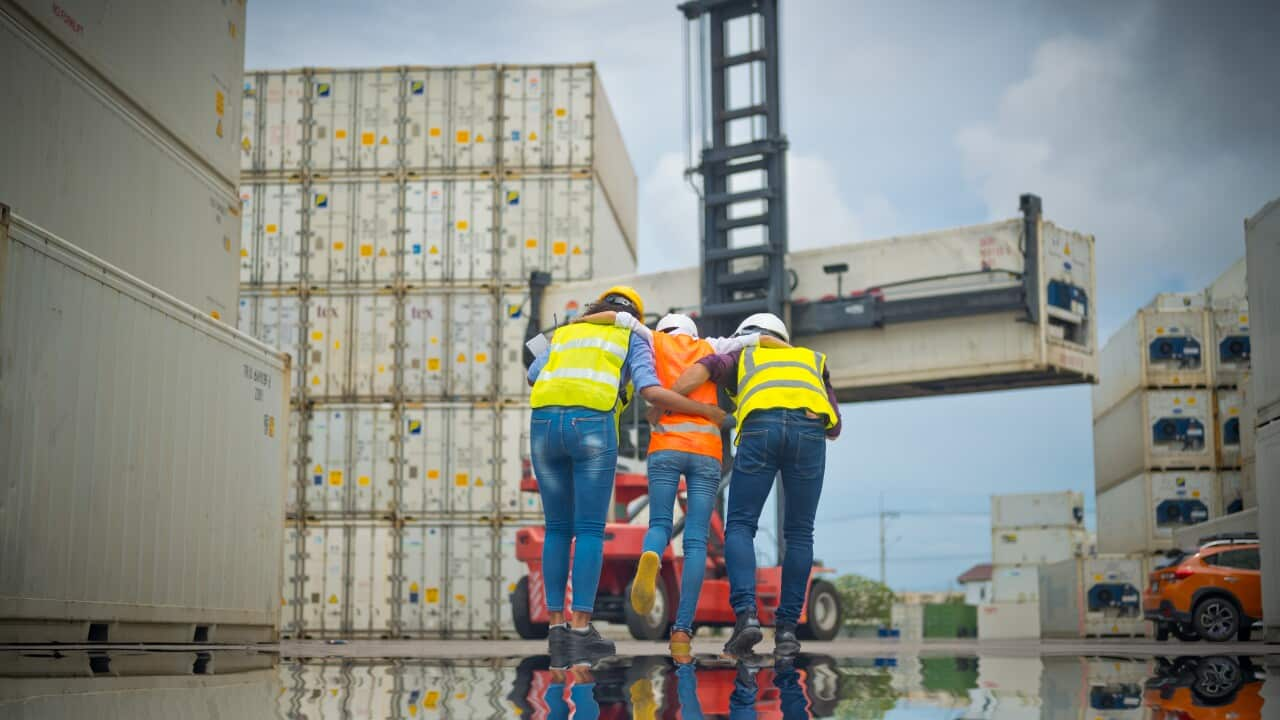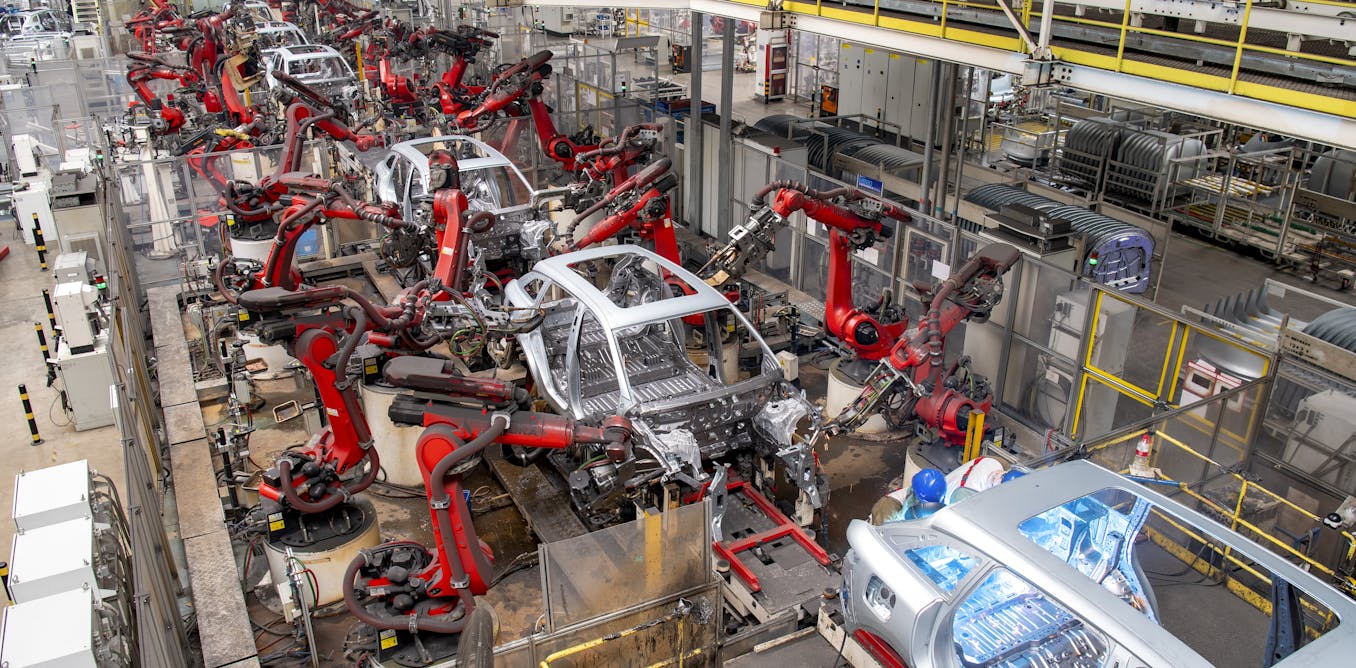Australia's Workplace Safety Crisis
A third of all jobs accounted for more than half of Australia's serious work injury claims in 2024, while only three in 10 injured workers across the entire workforce reported receiving workers' compensation.
 Vehicle incidents accounted for 42% of worker fatalities in 2024
Vehicle incidents accounted for 42% of worker fatalities in 2024
Key Statistics from Safe Work Australia
Safe Work Australia's Key Work Health and Safety Statistics Australia report for 2025 revealed 188 workers died from traumatic injuries while working in Australia in 2024, with a rate of 1.3 deaths per 100,000 workers.
Over the past decade, that figure has decreased by 24%, from a rate of 1.7 fatalities per 100,000 workers in 2014. Workers aged 45 and over accounted for more than half of worker fatalities recorded.
Most Dangerous Industries and Occupations
There were 146,700 serious workers' compensation claims involving at least one week of working time lost in 2023-2024 — more than 400 serious claims every day.
Four sectors collectively made up more than half of all serious claims:
- Healthcare and social assistance (19.9%)
- Construction (12%)
- Manufacturing (10.1%)
- Public administration and safety (9.2%)
 Machinery operators and drivers accounted for the highest proportion of worker fatalities (32%)
Machinery operators and drivers accounted for the highest proportion of worker fatalities (32%)
When it came to fatalities, machinery operators and drivers represented 61 worker deaths in 2024, with a rate of 6.7 fatalities per 100,000 workers. This was followed by labourers (50 fatalities), managers, technicians and trades workers (28 fatalities).
Highest Risk Industries
The agriculture, forestry and fishing industry had the highest fatality rate at 13.7 fatalities per 100,000 workers in 2024, followed by:
- Transport, postal and warehousing (7.4 fatalities per 100,000 workers)
- Mining (3.4 fatalities per 100,000 workers)
Leading Causes of Workplace Deaths
Vehicle incidents were by far the most common cause of death at 42%, and at least one vehicle was directly involved in the incident in 66% of worker fatalities in 2024.
Other significant causes included:
- Falls from a height (13%)
- Being hit by moving objects (9%)
- Being hit by falling objects (7%)
- Being trapped by moving machinery (5%)
The Mental Health Crisis in Australian Workplaces
Over the past decades, serious claims for mental health conditions have increased by 161% — the largest change across any major injury group.
Mental stress is now the fourth most common cause of serious claims, at 11.5%.
The median time lost from serious claims related to mental stress is about five times the median time lost across all serious claims and leads to significantly more time off work.
Mental health claims represent the costliest form of workplace injury — leading to more than four times the median compensation paid across all serious claims.
Gender Differences in Workplace Injuries
While men accounted for the vast majority of deaths (180) in 2024 and accounted for 58% of all serious claims, women's serious claims were more than twice as likely to involve mental health conditions as men's.
On average, women's claims involved more time away from work. However, median compensation paid for serious claims remains 20.4% higher for men — $17,600 to $14,600.
Union Response and Calls for Action
The ACTU expressed alarm that seven in 10 injured workers were not receiving compensation, citing barriers in reporting and under-reporting that obscured the actual cost of workplace injuries across Australia.
ACTU assistant secretary Liam O'Brien stated: "Health and care workers, tradies, factory workers and the people who keep our communities safe are at the greatest risk. One death at work is one too many, and our job is far from done."
Unions are calling for greater legislative protection for workers who are exposed to psychosocial hazards on the job, such as violence and aggression, sexual harassment and discrimination.
O'Brien emphasized: "Employers must treat work stress and intensification with the same seriousness as any other health and safety consideration."





Comments
Join Our Community
Sign up to share your thoughts, engage with others, and become part of our growing community.
No comments yet
Be the first to share your thoughts and start the conversation!